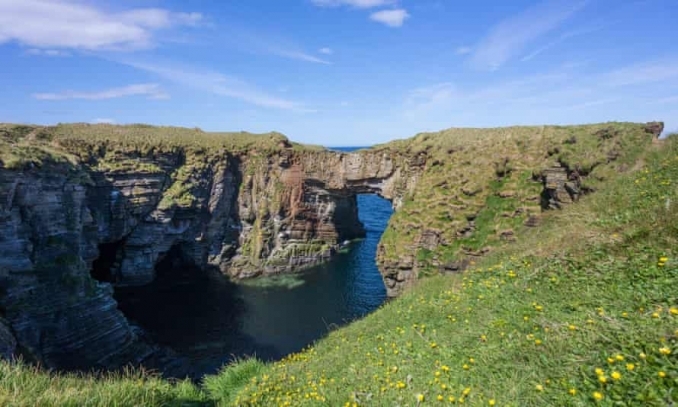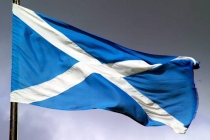Stronsay

Stronsay
The island is seven miles long and can be reached by air from Kirkwall or Ferry from Kirkwall with some services via Eday. The island is noted for it's sandy beaches and wildlife. The main settlement is Whitehall on the north and where the ferry docks. The island has been inhabited since Neolithic times and archaeological finds of flint arrowheads suggest the possibility that Stronsay could have been inhabited as early as 10000BC to 8000BC.
The Fish Mart Heritage Centre
This is located in Whitehall next to the harbour and Harbour Office and gives information on the history of the herring trade which at one time was vital to the island's economy.
Iron Age Fort
This is a small promontory early Iron Age Fort and has a stone faced rampart across the narrow isthmus. It is located on the east coast north of Burgh Head close to Tam's Castle. Tam's Castle is a sea stack with the remains of an early Christian hermitage on top. Broch of Burgh Head-is the largest hermitage site on Stronsay and has a wall along the landward side of the stack. It is located at Burgh Head on the east coast of the island.
Lamb Head Broch
This is located at the Lamb Head promontory are the remains of a broch and a wall within a mound can be seen. It is located in the south east of Stronsay at Lamb Ness.
Link and Image: Visit Stronsay website. Sea arch at the Vat of Kirbister, Stronsay image courtesy Visit Stronsay.
Celtic nation:
- Scotland
Itinerary:
- Scotland Orkney Islands
Place type:
- Natural





